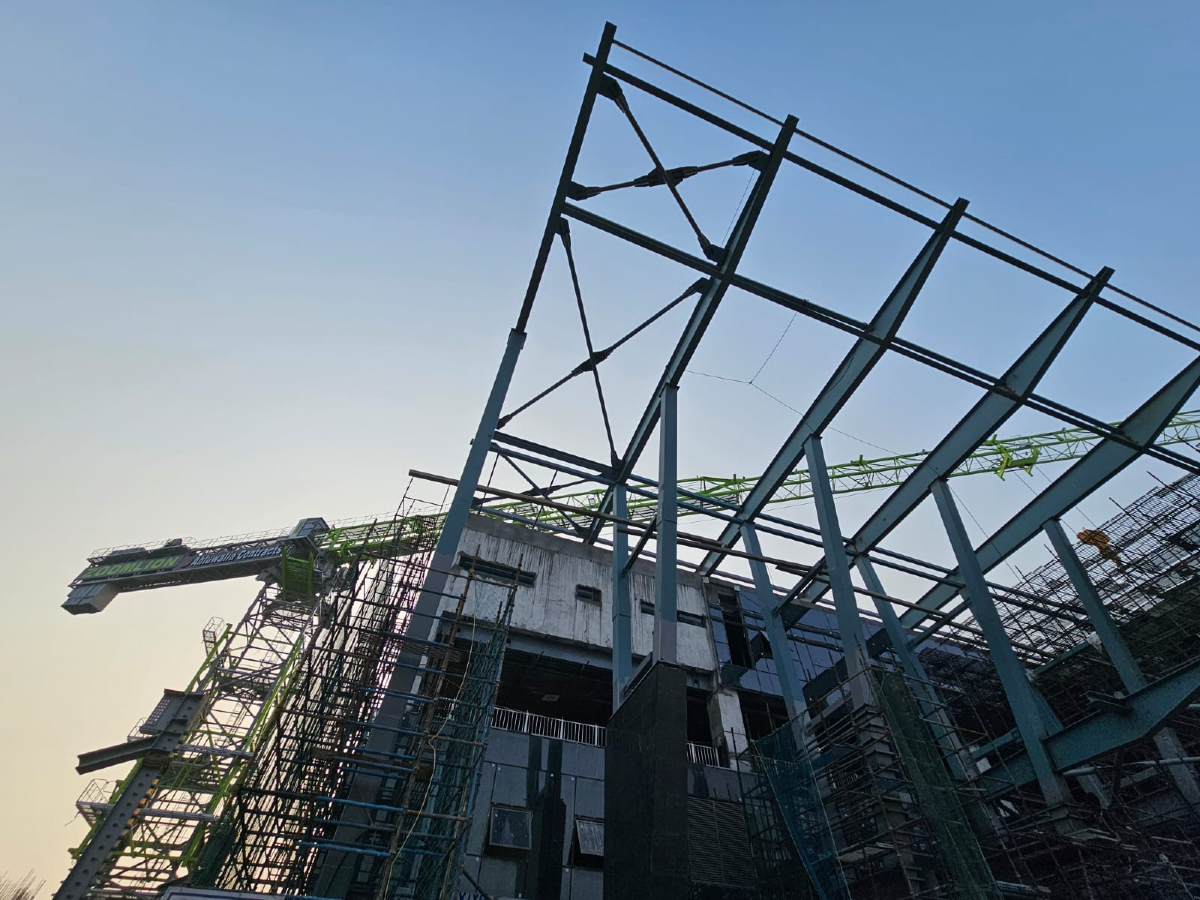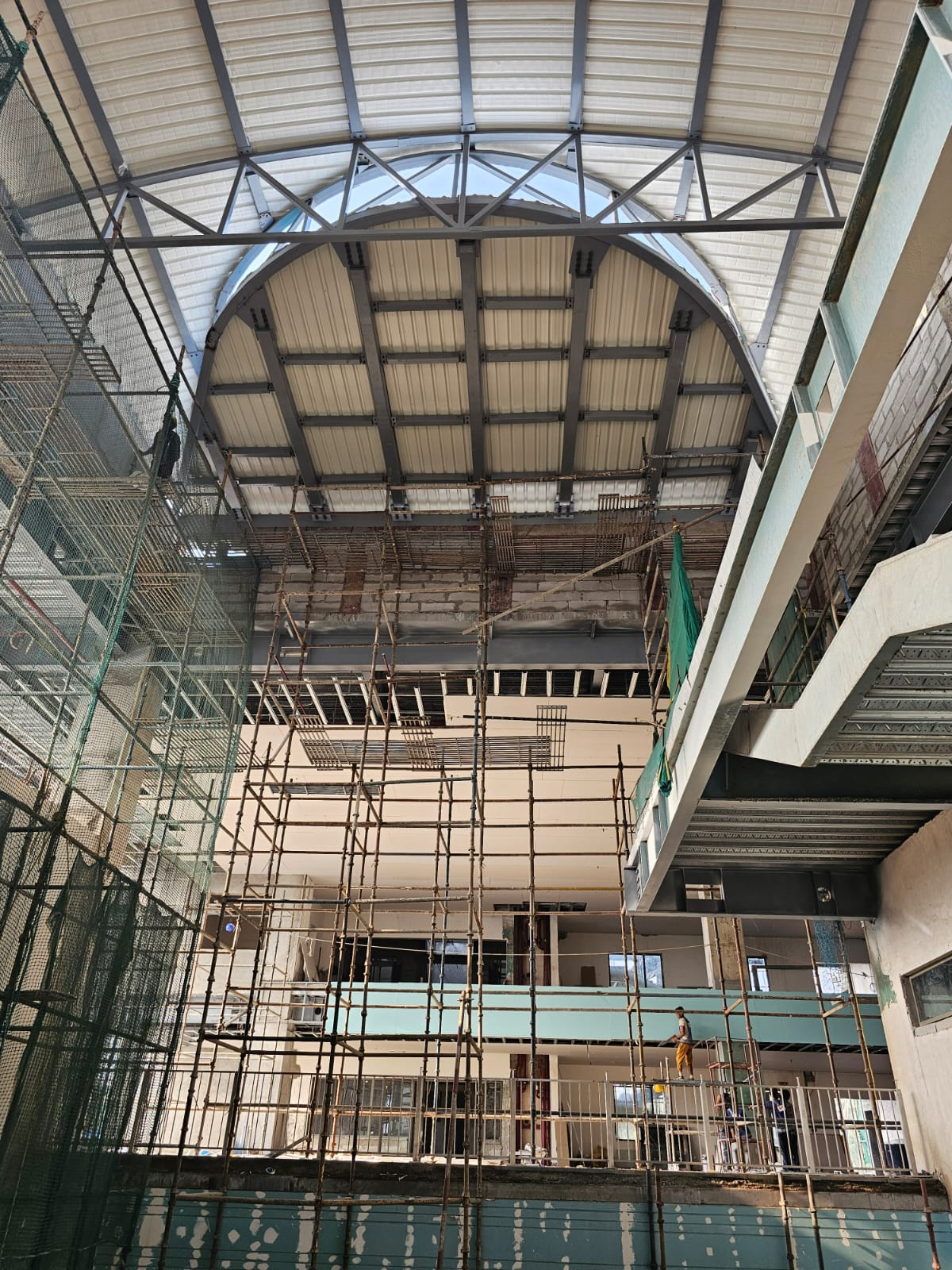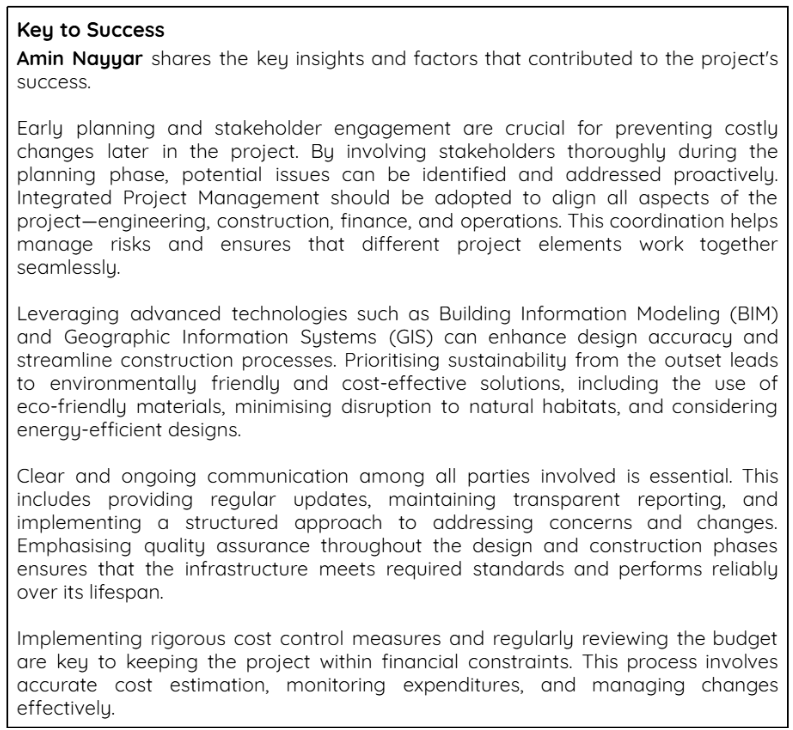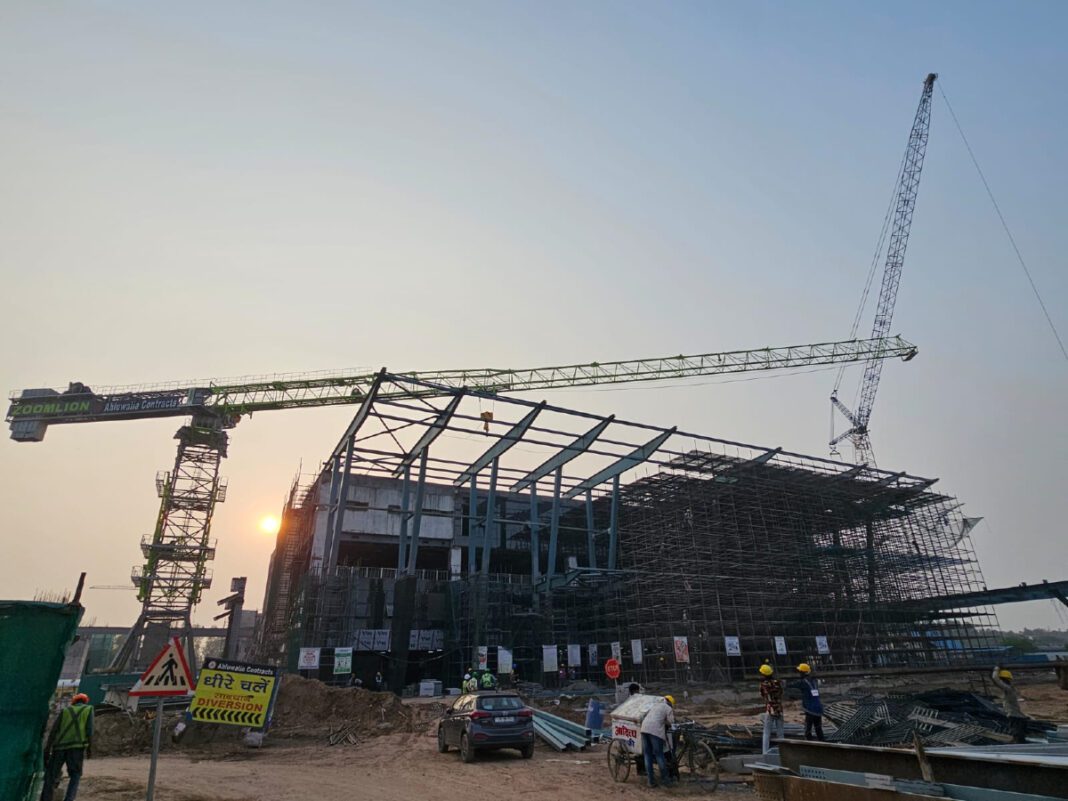As the gateway connecting northern India to the rest of the country, Chandigarh Railway Station plays a pivotal role in the region’s transportation network. Now, with the growing demand for both passenger traffic and upgraded facilities, a transformative redevelopment project by the Rail Land Development Authority (RLDA) is set to revitalise the station and its surroundings. This ambitious initiative aims not only to modernise the station but also to reimagine it as a vibrant, universally accessible public space, serving as a key hub for both Chandigarh and Panchkula.
Strategically located, the Chandigarh Railway Station provides access to passengers from both cities, with connections extending to Himachal Pradesh, Punjab, Jammu & Kashmir, and Haryana. This vital transport hub facilitates long-distance national and international travel, supporting the socio-economic activities of the region’s population.
The redevelopment project focuses on rebuilding the railway station, enhancing its facilities, and revitalising the surrounding areas, while exploring the commercial potential of the adjacent land. The goal is to transform the existing transit space into an inclusive public environment equipped with state-of-the-art amenities, ensuring a safe and dynamic space for residents. A standout feature of the redesign is the elimination of right-angled turns for vehicles. Instead, curved roads have been incorporated to optimise vehicle speed and reduce reckless driving, enhancing pedestrian safety by design.
Modular makeover
The design of the Chandigarh Railway Station is based on the concept of modularity, which minimises material wastage, reduces costs, and speeds up installation. The reduced need for personalisation results in design elements with minimal architectural details, enabling quicker construction and easier maintenance.
The project follows the guidelines set by the ‘Manual for Standards and Specifications for Railway Stations’ (MSSR) 2009, as recommended by the RLDA. Additionally, it was important to consider that CRS is a fully operational station with continuous foot traffic from passengers and staff. As a result, construction was planned in phases to ensure the station remained functional throughout the project. The modular design approach allows for faster installation and lowers the risk of errors.

Major expansion has taken place on the Panchkula side of the station. Now, the cities of Chandigarh and Panchkula are connected through this station by unpaid foot overbridge (FOB) corridors designed for pedestrian movement. The site development strategy includes parabolic road layouts, eliminating right-angled turns to facilitate smooth vehicular movement.
Universally accessible pathways extend from the bus stop to the station entrance, ensuring a clear line of sight for passengers exiting the platforms and for those arriving via different modes of transport. The movement of arriving and departing passengers is segregated, and separate lanes for entry and exit prevent any clashes between pedestrian and vehicular traffic.
Steel plays a crucial role in this project, with the structural members appropriately sized and optimised using composite structures. This modular approach allows for construction to proceed block by block as areas become available.
As part of the process, the initial design scheme received through the EPC contract was thoroughly reviewed, and several comparative design reports were prepared and submitted. A conceptual drawing set, complete with 3D views, was shared with both the client and the structural consultant. A detailed Revit model was also prepared, submitted, and periodically updated throughout the project.
Full Steam Ahead
The challenges of redeveloping a functioning station like Chandigarh are numerous and require careful attention to detail. One critical aspect is managing new construction on an existing site, which involves strategic planning. For instance, the placement of columns was carefully designed to ensure minimal interference with underground services. This was achieved by superimposing the survey plan onto the development plan to identify optimal locations.

To minimise disruption to passenger movement, construction over the platforms was carried out in phases. Once a block of space was made available on a platform, all necessary work—ranging from laying the foundation and installing underground services to resurfacing the platform, building the canopy, and completing lighting and other services—was completed before moving to the next phase. This phased approach helped reduce interruptions to station operations. Additionally, the existing FOBs, escalators, and staircases remained in use until the new ones were fully constructed, tested, and ready for operation.
A Composite Solution
While steel is a common material in railway infrastructure, the project has opted for steel composite structure members for the FOB and the station building. These members combine steel and concrete, capitalising on the strengths of both materials. By encasing or topping them with concrete, the project achieves enhanced load-bearing capacity and overall performance.
This composite system accelerates construction, allowing for parallel work. With a design life of 50 years, the G+3 storey station building will feature a composite steel frame for all floors. To ensure adequate stiffness and limit lateral displacement, shear walls are incorporated. The choice of steel composite construction is also driven by its ability to reduce column sizes.
To further enhance efficiency and cost-effectiveness, the project has implemented a composite floor system using trapezoidal profile composite steel deck sheeting. This system enables faster construction and reduces costs. For lateral resistance, the project has specified ductile shear walls or braces with SMRF, targeting an R value of 5 in accordance with the provisions of Table 9 in IS-1893:2016, Part-1.
Modern Methods
Construction processes have been significantly enhanced through the integration of advanced technologies such as BIM, 3D scanning, mapping, printing, cloud computing, drones, and construction wearables. These technologies offer immense potential to optimise design and construction operations. While AutoCAD and SketchUp are valuable tools for internal team collaboration, platforms like BIM 360, CDE, and Clash Detection are particularly effective for fostering coordination and project execution among multiple stakeholders.
The Design Basis Report for Structure Design is submitted separately to the client. The report provides detailed information on the applicable codes and standards, as well as load calculations for dead loads, imposed loads, wall load, wind load, seismic load, and temperature. A thorough analysis of these factors informs the design decisions.

The design of composite columns is conducted using AISC: 360-2010 for the steel component and IS456-2000 and SP-16 for the reinforced concrete element. The limit state method, as outlined in IS-800-2007, is followed for the design of steel structures and connections.
A Sustainable Platform
Environmental sustainability is fundamental to the project design. In an era where climate change has made sustainability a critical concern, it is no longer merely a design element but an integral factor, especially for public infrastructure. The entire project aims to achieve a LEED Platinum rating, ensuring minimal energy consumption, maximum utilisation of solar power, optimal water recycling, and effective rainwater harvesting.
In terms of site development, the proposed plantations will feature indigenous varieties of both fruit-bearing and non-fruit-bearing trees. The landscape is designed to maximise shaded areas, creating a balanced ecosystem that supports local biodiversity. The open spaces within the site are envisioned as essential for all forms of life, contributing to a healthier environment.
The parking lot on the Panchkula side is already operational and available for public use, with external development handed over to users. The building is expected to be fully operational by the end of this year. Visitors can look forward to a clean, unidirectional flow of movement, a comfortable and well-designed concourse, clear signage, and universal accessibility both on the site and within the building.

Quote
“The Panchkula side of the parking lot is already functional and available to people, external development has already been handed over to the users. The building operation should be completed by the end of this year. People can expect clean unidirectional movement and well-designed comfortable concourse, well designed signage system, universal accessibility on the site as well as in the building.”
– Amin Nayyar, CEO, ANA Design Studio Pvt Ltd
Fact file
Project: Light House Project for Up-gradation of Railway Station on Modular Concept At Chandigarh
Client: Rail Land Development Authority
Architect: ANA Design Studio Pvt Ltd
Structural Consultant: Constructure Designs Pvt Ltd
Project Management: Ahluwalia Constructions Pvt Ltd
Fabricator: AICL and JSW
Steel Supplier: Apollo, SAIL & Jindal
Status: Under Construction
Expected Completion Year: 2024





